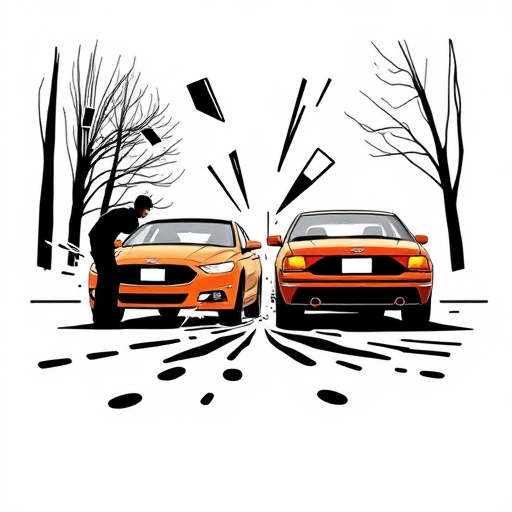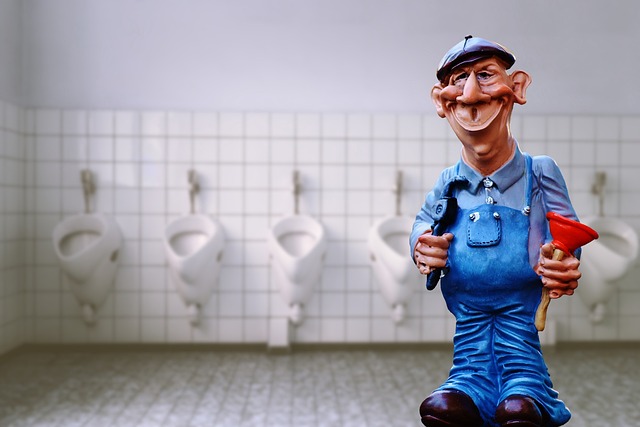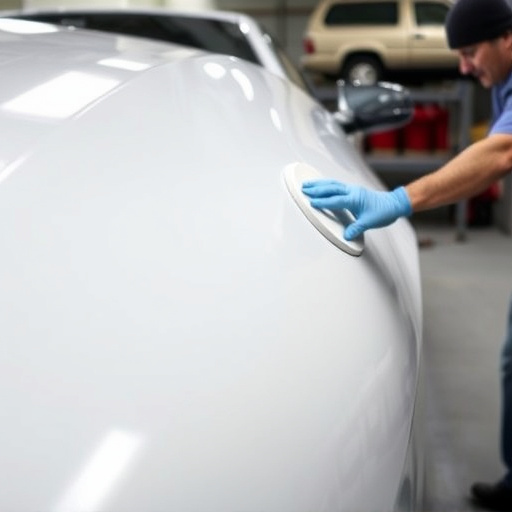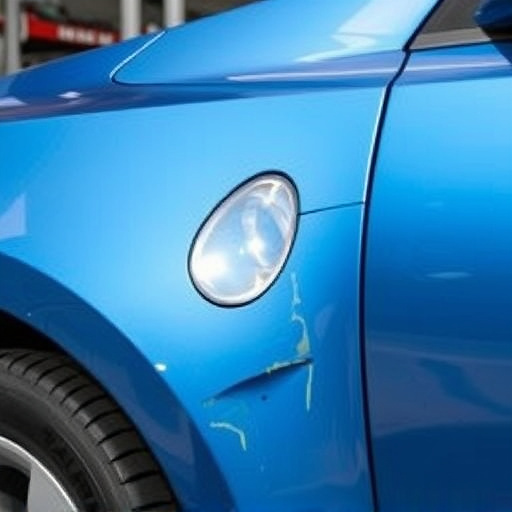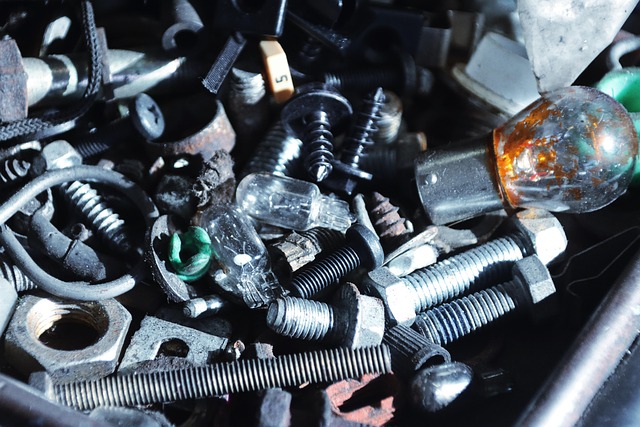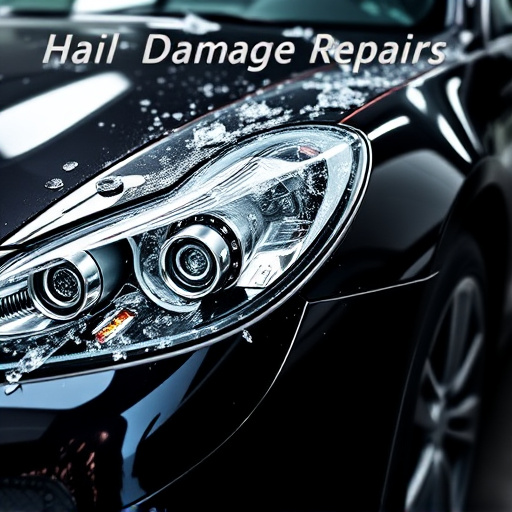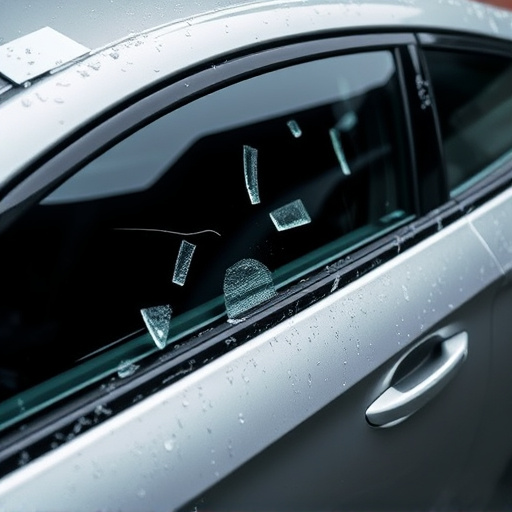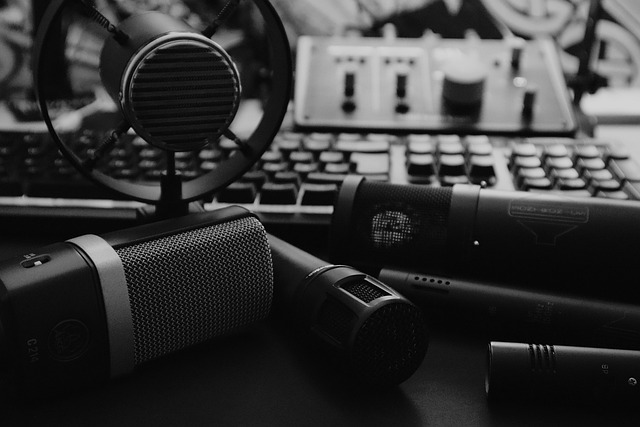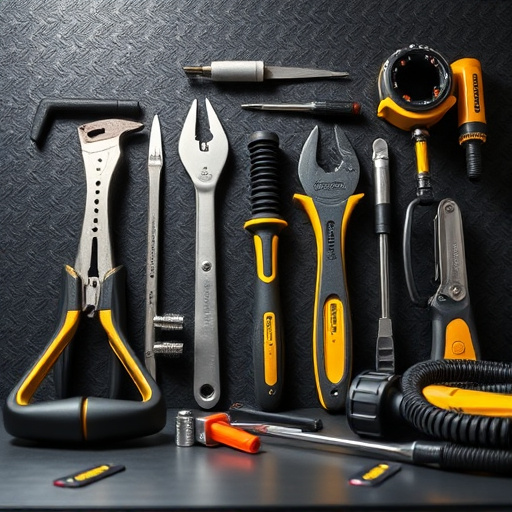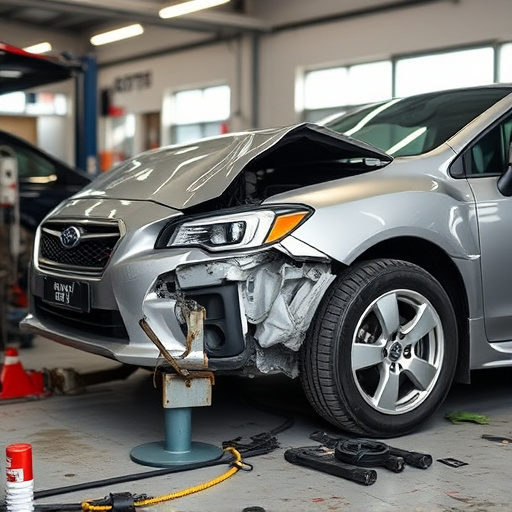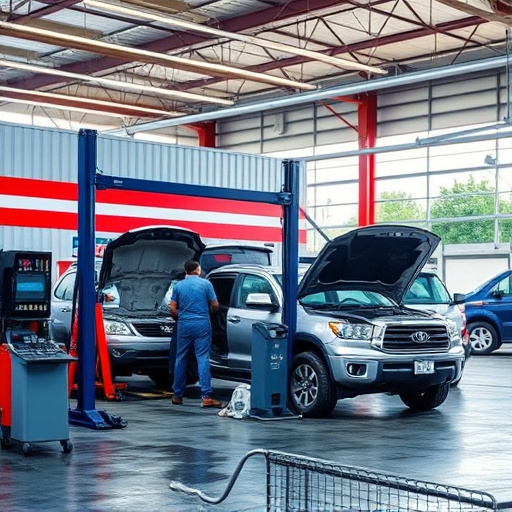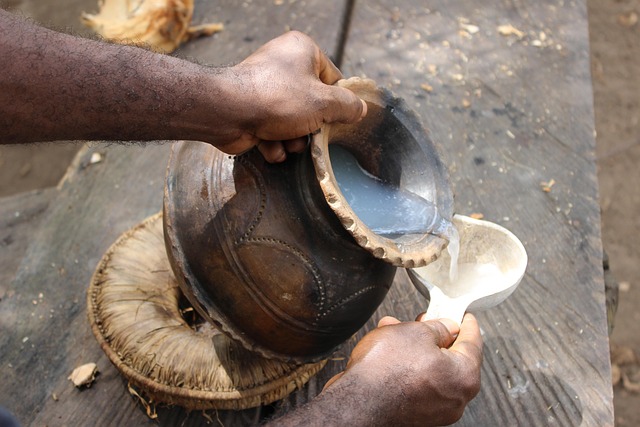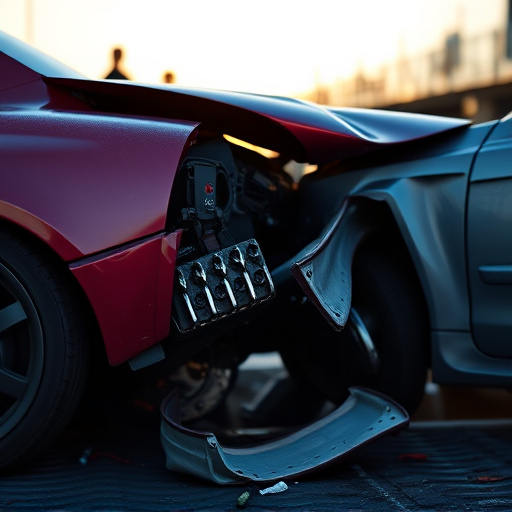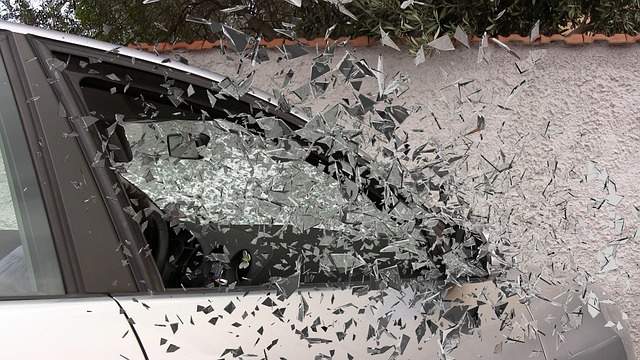Wagon body repair involves addressing dents, metal damage, and rust with specialized tools and techniques. Essential supplies include wrenches, jack stands, sandpaper, primers, paints, and a spray gun. A systematic approach begins with assessment, alignment, dent removal, using filler, then matching paint for a flawless, original finish.
Learn the art of wagon body repair with our comprehensive guide. Discover how to tackle various damage types common in these iconic vehicles. From understanding panel damage to selecting the right tools and materials, we equip you with the knowledge for successful repairs.
Master a step-by-step process, ensuring precision and longevity. Elevate your skills and restore your wagon to its former glory. Explore effective techniques tailored specifically for wagon body repair.
- Understanding Wagon Body Damage Types
- Tools and Materials for Repair
- Step-by-Step Guide to Successful Repairs
Understanding Wagon Body Damage Types
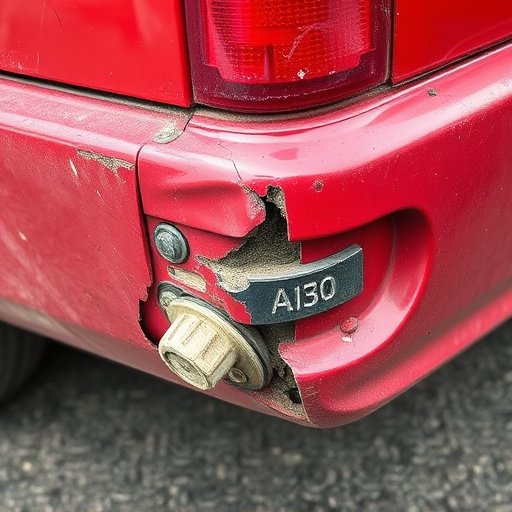
Wagon body damage can vary greatly depending on the type of incident and the severity. Common types include dented panels, crumpled metal from collisions, and rust accumulation due to exposure or poor maintenance. Each type requires a specific wagon body repair technique to ensure structural integrity and aesthetic restoration. Dented panels often involve using specialized tools to push out the damaged area, while crumpled metal may necessitate more intensive methods like welding or replacement parts.
Rust is a significant concern in wagon body repair as it can compromise the vehicle’s overall strength. Auto body services typically address rust through meticulous sandblasting and coating applications. For severe cases, car bodywork services might recommend replacing entire sections of the wagon body to prevent further damage and ensure reliable vehicle repair services. Understanding these damage types empowers owners to choose the right approach for effective wagon body repair.
Tools and Materials for Repair
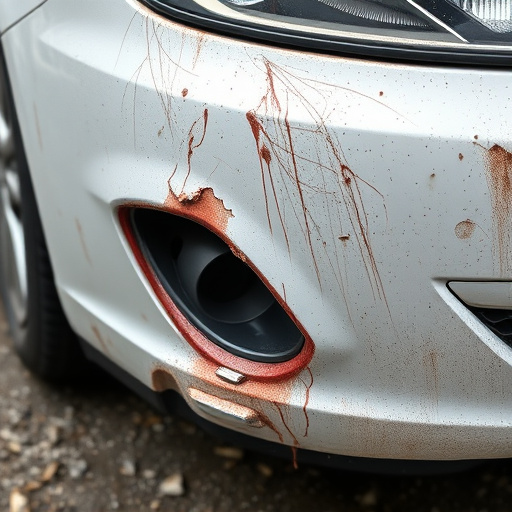
When tackling wagon body repair, having the right tools and materials is paramount to achieving a seamless finish. Essential items include specialized wrenches, socket sets, and jack stands for safe vehicle lifting and support. For panel repairs, a hammer, dolly, and putty knife are indispensable; these enable careful removal of damaged panels while ensuring minimal disruption to surrounding areas.
In the realm of painting and finishing, you’ll require automotive-grade primers, paints, and clear coats, specifically designed for outdoor durability. Sandpaper with various grits is crucial for smoothing surfaces before application. A spray gun and associated equipment for professional vehicle paint repair are highly recommended, as they offer precise control and consistent results. Many auto collision centers and car body shops rely on these tools to restore wagons to their original condition, ensuring a flawless finish that enhances the vehicle’s overall aesthetics.
Step-by-Step Guide to Successful Repairs
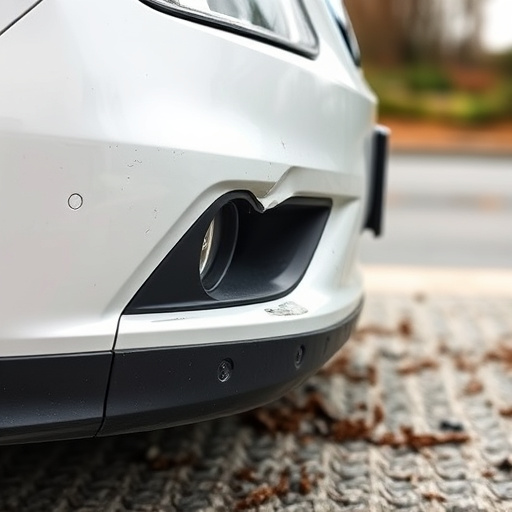
When tackling wagon body repair, a systematic approach is key to achieving professional results. Here’s a step-by-step guide designed for success:
1. Assess the Damage: Begin by thoroughly inspecting the wagon’s exterior. Identify dents, dings, and any signs of structural damage, including misaligned panels or warped body components. For severe cases, such as hail damage repair, professional imaging may be required to pinpoint precisely where adjustments are needed.
2. Preparation is Crucial: Before beginning any repairs, ensure the wagon’s surface is clean and free from debris. This involves washing and decontaminating the area to prevent dirt or contaminants from compromising the adhesion of new materials during frame straightening processes. A clean workspace facilitates a more accurate and efficient repair job by your chosen car bodywork services.
3. Straighten the Frame: For any structural damage, frame straightening techniques are essential. Using specialized equipment, carefully straighten misaligned panels and components back to their original specifications. This step ensures the wagon retains its structural integrity and drives smoothly post-repair.
4. Address Dents and Dings: Employ appropriate tools for dent removal, whether that involves using a hammer and dolly for lighter dents or more advanced methods for deeper damage. Once the surface is smooth, fill any indentations with suitable body filler, allowing it to dry before sanding for a smooth finish.
5. Paint and Finish: After all repairs are complete, apply a high-quality paint job that matches the wagon’s original color precisely. This final touch ensures the repaired wagon looks as good as new, enhancing its overall aesthetic appeal.
Wagon body repair is a skilled craft that can extend the life of your vehicle and preserve its unique aesthetic. By understanding the types of damage, gathering the right tools and materials, and following a structured guide, you can achieve professional-grade results. With dedication and attention to detail, you’ll not only fix your wagon but also gain a deeper appreciation for its intricate design and history.
